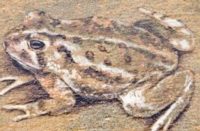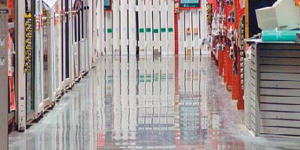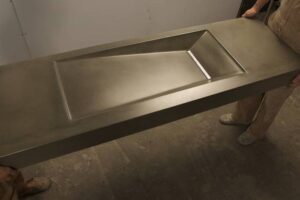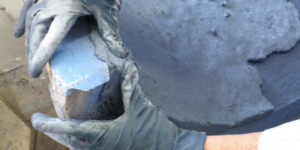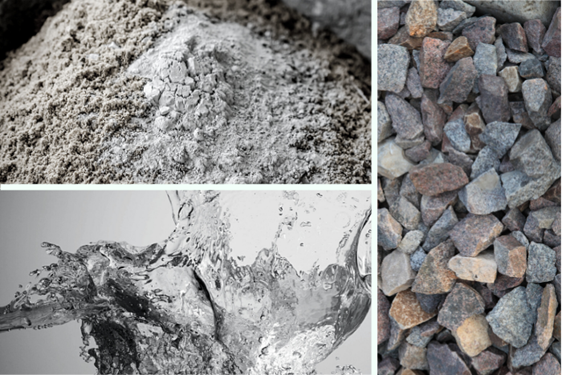
Concrete is a hard, durable substance made up of cement, aggregate and water. Together, these ingredients form concrete, the largest volume-building material used worldwide. Cement acts as the binder, the fine medium. Coarse aggregate gives concrete its compressive strength. And water initiates and promotes the reactions that allow concrete to harden. These three simple ingredients together are the basics of mix design for concrete.
To enhance concrete’s workability and function, you can add a roster of optional ingredients. These include cement replacements such as fly ash, a byproduct of coal; slag, a byproduct of steel; and silica fume, a byproduct of silicon and ferrous silicon. In addition, you can add five distinct classes of admixtures:
- Water-reducing
- Air-entraining
- Plasticizers
- Retarders
- Accelerators
Finally, learning about water-cement ratios can give you some insight into how hard the concrete may be. Find the time to read the 03 30 00 Cast in Place specification for the next project you’re bidding.
Water-cement ratio calculations
You can calculate water-cement ratios by dividing the water in one cubic yard of the mix in pounds by the cement mix in pounds. For example, if one cubic yard of the mix has 235 pounds of water and 470 pounds of cement, the water-to-cement ratio is .50.
Above all, limit the amount of water of convenience (excess water). This is because excess water causes weakness by bringing too much paste to the surface. In general, between .45 and .50 is the ideal ratio for polishing.
If the ratio is .40, the concrete may be too hard or not uniformly troweled. When polished, this may produce random aggregate exposure due to less water of convenience and less workability. And over .50, expect to run into soft abrasive concrete. Also expect to use more densifier and more sets of metal diamond tooling.
Here’s the tip
Knowing the mix design of a slab you’ll be polishing and the concrete’s hardness (the water-cement ratio) can be valuable information.
If the concrete mix design has a low water-cement ratio, plan on using soft-bond diamonds for your first cut. Conversely, if it has a ratio above .50, use extremely hard diamonds. This way you won’t run through three times the diamond tooling.
And if you see cement replacements, know they don’t absorb dye as well. Don’t expect as vivid of a color because cement replacements have less capillaries for absorption.
These are just some examples of ways your company can benefit from this knowledge. Remember, every slab is different. To consistently produce high-quality polished concrete, learn concrete’s chemistry and physics and how to apply it. Then train your crews. Training is an area that I happen to love. So, let me help you position your company for consistent success!
